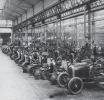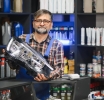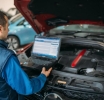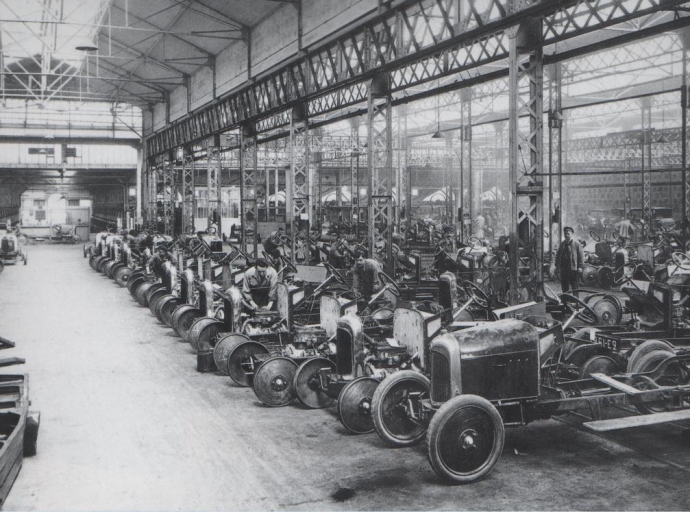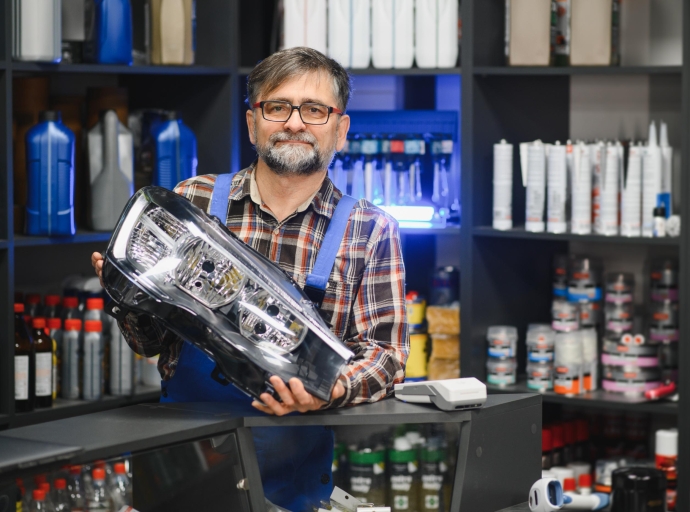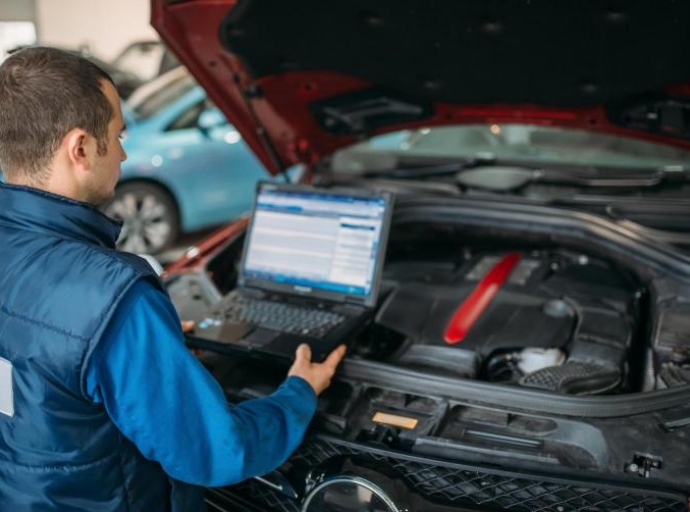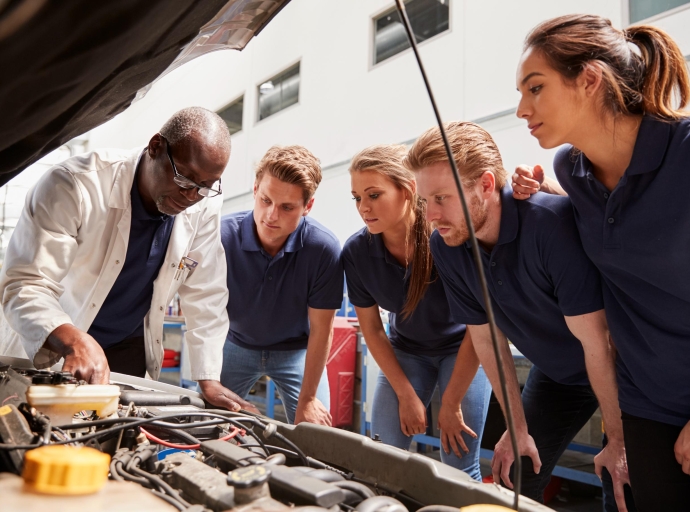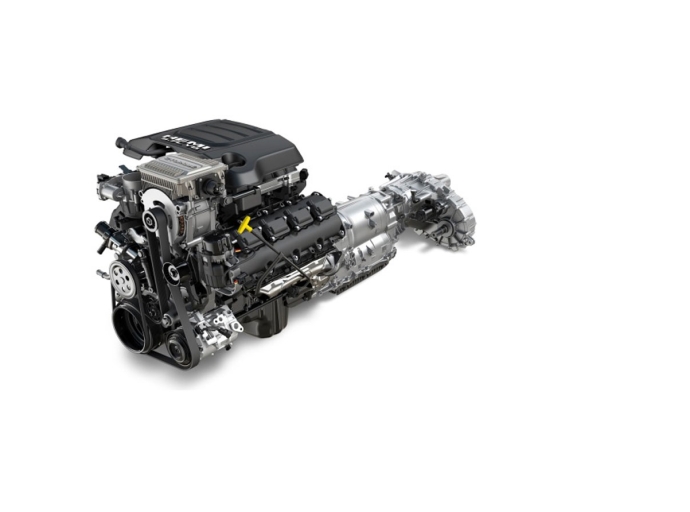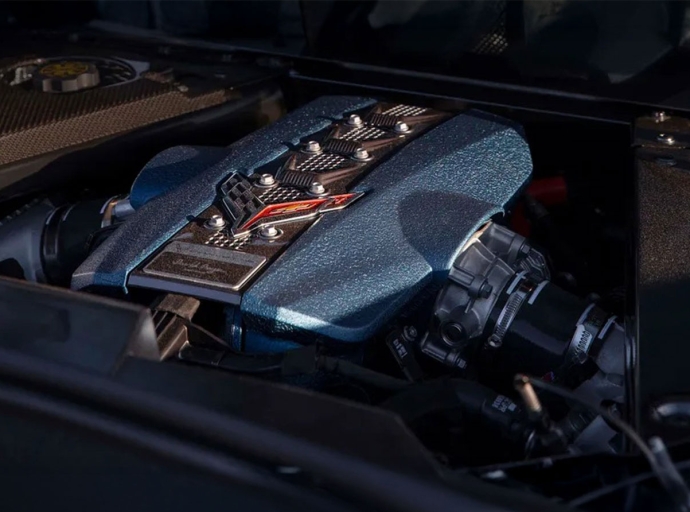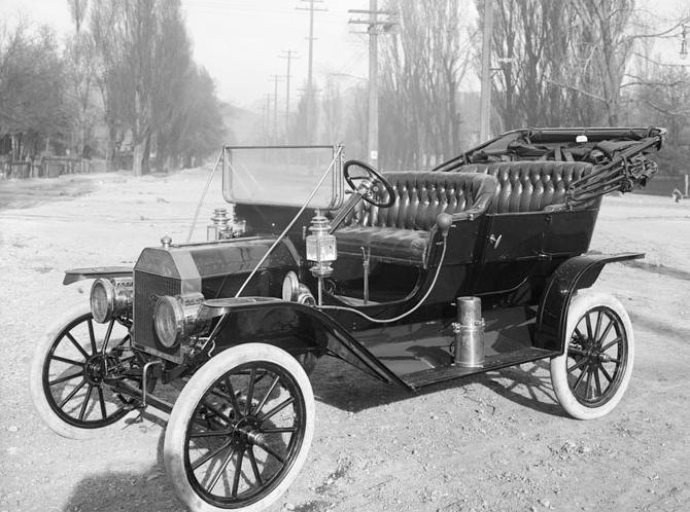From 1915 until the beginning of World War II, North America and Europe were the stage for a constant reinvention of the automobile concept, as new players such as Citroën, Chrysler, and Bentley emerged.
With the democratization of the automobile brought by the Ford Model T now “a fait accompli”, automakers of the time decided to improve their models by exploring performance, safety, and comfort. However, this era also saw the rise of two very different industrial philosophies: mass production at prices accessible to the many, and luxury products, where the car became a prestige object sought by the very wealthy.
Let’s explore some of those models and manufacturers.


 En
En  Fr
Fr 